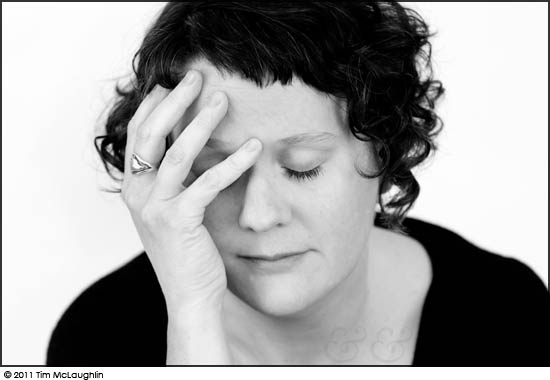Francisco Toledo, artist, taken November 28, 2012.
In an impressive display of cultural ignorance, I arrived in Oaxaca City with no idea who Francisco Toledo was. It would be a little like landing in New York City having never heard of Andy Warhol. Worse perhaps, as Toledo has gained his considerable reputation through not only his art and graphic works, but also through his concerted efforts to prevent the unraveling of the fabric of Oaxacan (and Mexican) culture.
He's a vessel in which the heritage of his people has been aged into a fine brew and [it] now pours through him in an astonishing array of work. Rita Pomade.
Toledo began his studies in 1957 with another Zapotec artist, Rufino Tamayo. Three years later he was in Paris learning the graphic arts of etching and engraving with Stanley William Hayter. He worked in a concerted, almost obsessive way. Everywhere he went, he seems to have been a conduit for inspiration. In 1965 he returned to Mexico with the foundations of an international reputation firmly in place. Rita Pomade summaries his life mid-career:
Toledo returned from Europe and immediately integrated himself into the artistic community of his native state. He immersed himself in an incredible array of media which included lithography, engraving, sculpture, ceramics and painting. He even designed tapestries with the craftsmen of Teotitlan de Valle executing his designs. Though his work was "Mexican" in style, it was executed from a new ideological and aesthetic perspective.
His reputation as a world class artist spread quickly. In 1973 he had a show at the Carl Finkler Gallery in Paris, and in 1975 he showed at the Martha Jackson Gallery in New York City. In 1977 his work was exhibited at the Escuela de Bellas Artes in Oaxaca, and a lot of what we think of as representative of Toledo - cats, dogs, bats, insects all in his native landscape - came out of this period. During this period, he also started to experiment with semi-erotic male figures, often with faces that were like sketches in geometric form similar to ancient masks.
By 1978 his work was being shown throughout Europe, the United States, Asia, Mexico, and South America, and he was well represented in public and private collections from London to Oslo. By 1980 he had such an impressive collection of work that the Museum of Modern Art in Mexico City had a retrospective of his painting. Somewhere in that prolific output, he also managed to illustrate books.
I met Francisco Toledo by chance at a former cotton mill, now a centre for the arts. I was helping Charllotte Kwon with research for Maiwa and we were walking the wide stone plaza of the colonial building. Our mutual friend, Stephanie Schneiderman set up the opportunity and negotiated permission, I directed Mr. Toledo to the north facing shade and three frames later it was all over.
As we walked the streets of Oaxaca City in the following days, Toledo’s influence and contributions were in evidence almost everywhere. We visited the Instituto de Artes Graficas de Oaxaca (IAGO). During the teacher protests and strikes of 2006 this building was set up as a first aid post. Toledo, with wry humour, commented that “Never have we had so many visits.” On the other end of Oaxaca City’s picturesque core is the Museum de Arte Contemporaneo de Oaxaca (ACO) and the Patronato Pro-Defense y Conservacion del Patrimonio Cultural de Oaxaca, which houses a library for the blind, a photographic center, and a music library.
Toledo was also instrumental in keeping McDonalds out of Oaxaca’s main square. When Reed Johnson of the LA Times asked Toledo what the difference was between Oaxaca City’s Zocalo and other historic city centres like Paris and Barcelona (where the golden arches have made substantial incursions), Toledo replied "The difference is that I live in the historic center of Oaxaca, I believe it's a personal thing." Johnston explains the outcome and tactics of the resistance:
Oaxaca's tactics in opposing the new burger barn reflected its cultural self-assurance. No irate farmer drove a tractor through a storefront window, as happened in France. No protesters battled with police, as in the resort city of Cuernavaca, south of Mexico City, over Costco's plan to level an old spa-casino and a grove of ancient trees to build a warehouse.
Instead, during the peaceful, months-long campaign, opponents covered the proposed locale with "No McZocalo" signs and handed out traditional Oaxacan tamales, examples of the region's distinctive cuisine. In public meetings, officials wisely used the occasion to solicit residents' input on the zocalo's future development.
I left Oaxaca City after only a short visit. I had located a number of Toledo's books and seen much of his work. I was developing a love for Oaxaca City. Much of my affection for the place seemed to be owed directly to the man I had photographed but not recognized, its most famous artist, indeed the man many kept calling "Mexico's greatest living artist," Francisco Toledo.




















